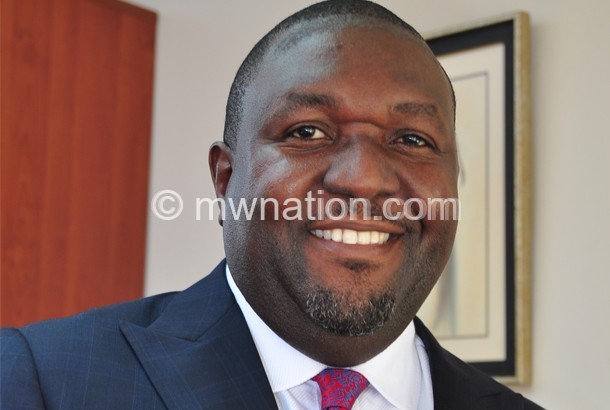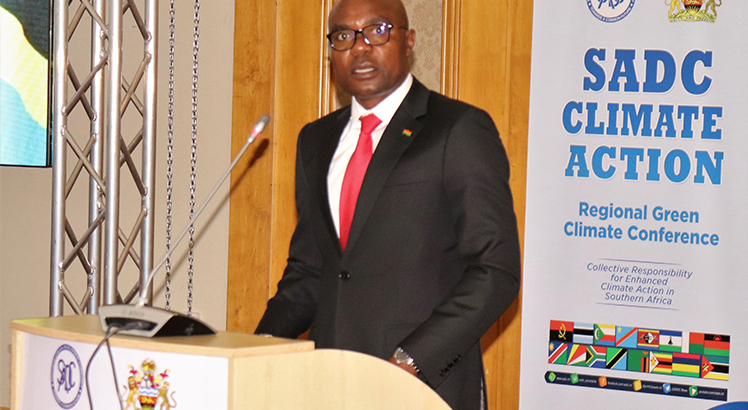Standard Bank cuts lending rate by 14%
Standard Bank Malawi has taken the lead in reducing the base lending rate, slashing it by 14.2 percent following a cut in Liquidity Reserve Requirement (LRR) ratio to 7.5 percent by the Reserve Bank of Malawi (RBM) on Tuesday.
Standard Bank Malawi chief executive officer Andrew Mashanda confirmed in an interview that the reduction in the base lending rate follows the move by RBM to reduce LRR ratio.
“The directive by Reserve Bank to reduce the Liquidity Reserve Requirement has reduced the cost of holding deposits and we want to extend the benefits to our customers,” he said.
This means that effective August 3 2015, Standard Bank’s base lending rate will rest at 36 percent from 42 percent, which is a six percentage point fall.
The MPC resolved to reduce LLR ratio from 15.5 percent to 7.5 percent at its third Monetary Policy Committee (MPC) meeting in Lilongwe on Tuesday to “enable [commercial] banks to lower the spread between prime lending rate and the policy rate” which is at 25 percent.
LRR ratio is the portion of deposits, expressed as a percent, that commercial banks keep at the central bank as reserves without interest.
This means that at 7.5 percent, every commercial bank now has an obligation to deposit K7.50 out of every K100 at RBM and hold in its banking hall K92.50 for every K100 deposited by customers.
Going forward, he said the Malawi Stock Exchange (MSE)-listed bank will monitor the situation on the market in terms of liquidity.
The bank has also reduced the home loan lending rate to 32 percent.
Every commercial bank is obliged to hold minimum reserves of its customers’ deposits, normally in form of cash, which is physically stored at the central bank and is called LRR.
Generally, RBM uses two monetary policy tools of bank or discount rate and LRR to influence lending rate cut, which is hovering at around 40 percent, although at times the central bank has recourse to other tools.
However, RBM maintained the policy rate, or bank rate—the rate at which commercial banks borrow from the central bank as a lender of last resort—at 25 percent, defying calls by the private sector to have the rate adjusted downwards to induce borrowing by the corporate world and individuals for business expansion. n






